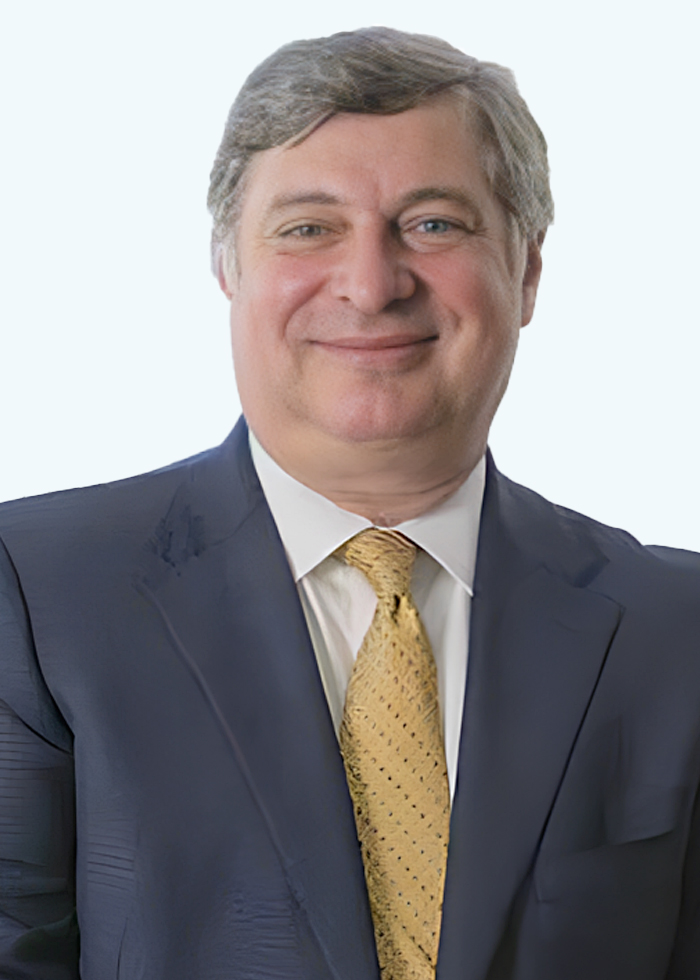By: Matthew G. Miller, Gearhart Law
www.gearhartstg.wpenginepowered.com
You probably know that the 2014 FIFA World Cup Brazil kicks off this June 12. However, you might not know that a new soccer ball is created specifically for each World Cup. Now I know what you’re thinking, How does one develop a new soccer ball? Isn’t a soccer ball just a blend of polymers filled with air? At first blush I too was skeptical as to how must innovation the game of soccer can reasonably receive. That said, after looking into Adidas new soccer ball, the Brazuca, as well as the new goal-line technology being used this World Cup, my opinion was quickly changed.
The Brazuca (a Brazilian term used to describe that nation’s patriotism) is the result of a lot of effort by Adidas’ personnel. Jabulani, Adidas’ game ball for the 2010 World Cup, was very poorly received by the players in the 2010 World Cup because the ball moved erratically in the air. After this widespread criticism Adidas took extra efforts to ensure that the ball will be fit for competition this year, and for that reason Adidas has been testing the Brazuca for over 2.5 years. This makes the Brazuca the most tested soccer ball ever. Not only has the design of ball been well-vetted, but a great deal of care is involved in the production of the ball too.
The outer surface of the Brazuca is constructed out of a few different panels, where the panels are connected to each other by seams and each panel has pseudo-seams that extend, at least in part, over the outer surface of an adjacent panel. The layout of these seams allows the ball to behave predictably, both in the air and on the ground. Interestingly, the ball and its outer surface are protected by a number of different patents assigned to Adidas: U.S. Design Patent Number D697,150, U.S. Design Patent Number D696,738, and U.S. Patent Number 8,529,386 are all directed towards the technology that comprises the Brazuca.
Aside from the improvements that have been made to the ball, additional innovations are being brought to the 2014 FIFA World Cup. As mentioned earlier, 2014 will be the first World Cup to employ what is known as goal-line technology, (GLT). This new technology aids officials in determining whether or not a goal has been scored. GLT works by utilizing 14 high-speed cameras located around the soccer pitch, as well as an additional 7 cameras that are trained on the mouth of the goal. These cameras map the location of the ball in 3D space and notify the officials whenever a game ball has breached the threshold of the goal.
FIFA agreed to implement this technology after the English team was wrongfully denied a goal in their Round 16 match against Germany in the 2010 World Cup. In that game, replays indicated the Frank Lampard, a player on the English World Cup team scored a goal, but the officials failed to credit his achievement. That game resulted in a tie despite the fact that England should have prevailed.
Will the new innovations lead to a more fair determination of the greatest soccer-playing nation in the world? I cannot say for sure, but I certainly look forward to finding out.

